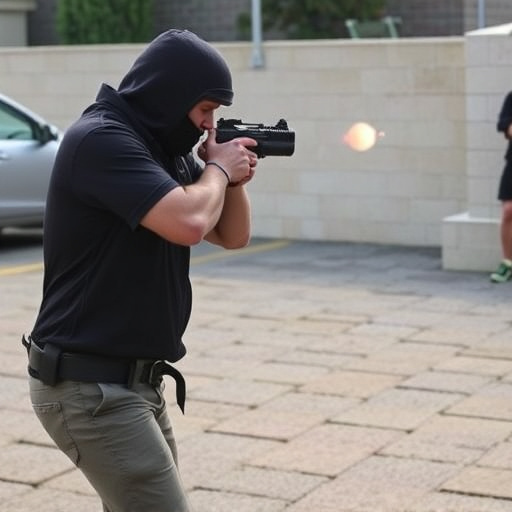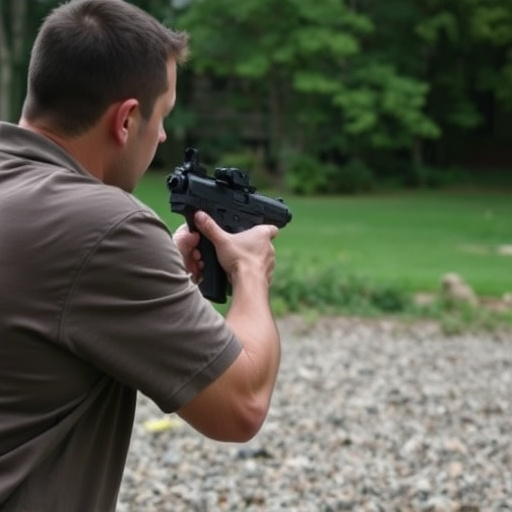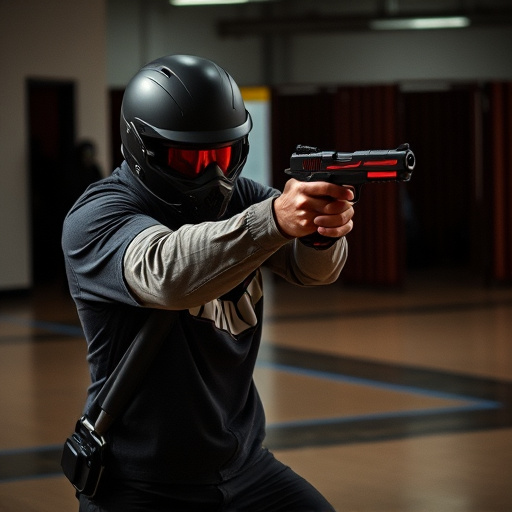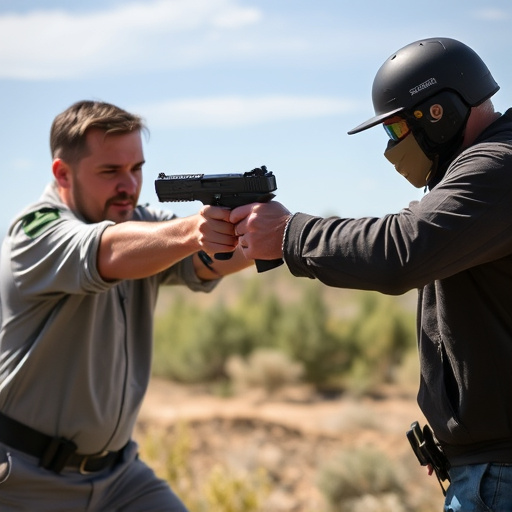Stun weapons are powerful tools for personal protection, especially for women seeking effective self-defense options. The two main types are projectile (stun guns, tasers) and contact weapons (batons, electroshock shields). Projectile devices offer range and safety, while contact weapons provide direct control in close quarters. Women often prefer projectile stun guns like tasers for ease of use, while contact devices excel in tactical situations. Choosing the best self-defense stun gun involves considering weight, size, range, power, and features tailored to individual needs and preferences.
In today’s world, understanding the nuances between projectile and contact stun weapons is crucial for personal safety, especially for women seeking effective self-defense solutions. This article explores these distinct weapon types, delving into their advantages, considerations, and relevance to women’s self-defense needs. From the range of projectile weapons to the direct impact of contact stun guns, discover how to choose the best self-defense stun gun tailored to your protection requirements.
- Understanding Projectile and Contact Stun Weapons
- Advantages and Considerations of Each Type for Self-Defense
- Choosing the Best Self-Defense Stun Gun for Women
Understanding Projectile and Contact Stun Weapons

Stun weapons are a popular choice for personal protection, especially among women seeking effective self-defense tools. When considering options, it’s crucial to understand the distinction between projectile and contact stun devices. Projectile weapons, such as stun guns or tasers, operate by firing an electric current at the target from a distance. This method offers a non-lethal way to incapacitate an attacker without coming into direct contact, making them ideal for self-defense scenarios where speed and distance are crucial. On the other hand, contact stun weapons, like batons or electroshock shields, require physical contact with the assailant. They deliver a strong electric shock when pressed against the target’s body, temporarily neutralizing them without causing lasting harm.
For women looking for the best self-defense stun gun, projectile options are often preferred due to their range and ease of use. Tasers, in particular, have gained popularity as they can quickly disable an attacker with a mere press of a trigger. However, contact stun devices also have their advantages; they provide direct control and are effective in close-quarters situations where distance is limited. Understanding these differences is key to choosing the right stun weapon that aligns with individual needs and preferences for self-defense.
Advantages and Considerations of Each Type for Self-Defense

When it comes to choosing between projectile and contact stun weapons for self-defense, each has its unique advantages and considerations. Projectile stun devices, such as pepper ball guns or stun launchers, offer a tactical advantage by allowing users to strike targets from a safe distance. This feature is particularly appealing for women who may feel more comfortable defending themselves without direct physical contact. These weapons are effective in disorienting assailants, providing precious time to escape or call for help. Moreover, their non-lethal nature makes them ideal for situations where de-escalation is crucial.
On the other hand, contact stun devices, like stun batons or electric stun guns, require physical interaction with the attacker. While this direct approach may be seen as a disadvantage by some, it has its merits. Contact stun weapons often deliver a stronger sting and can be more effective against larger or more aggressive assailants. They are also easier to control and aim during close-quarters combat, ensuring accurate strikes. For self-defense enthusiasts seeking the best self-defense stun gun for women, considering these factors will help them make an informed decision based on their specific needs and preferences.
Choosing the Best Self-Defense Stun Gun for Women

When it comes to choosing the best self-defense stun gun for women, several key factors come into play. Firstly, weight and size are crucial considerations. A smaller, lightweight stun gun is easier to carry discreetly and can be more manageable during an unexpected encounter. This is especially important for women who might have limited strength or may need to use the device in tight spaces.
Additionally, the range and power of the stun should align with your comfort level and expected scenarios. Higher-voltage stun guns offer greater shock value but require closer proximity for effectiveness. Meanwhile, models with a longer reach provide more space for evasive maneuvers, which can be particularly beneficial in public places or during high-stress situations. Features like easy activation mechanisms, durable construction, and visible LED indicators are also desirable traits for ensuring quick deployment and reliability when it matters most.
When it comes to self-defense, both projectile and contact stun weapons offer unique advantages. Projectile weapons provide a safe, non-lethal way to maintain distance and deter attackers, while contact stun guns ensure immediate incapacitation when close quarters are unavoidable. For women seeking the best self-defense stun gun, considering these options is essential. By understanding the benefits and learning how to choose the right device, individuals can empower themselves with a vital tool for personal safety.
